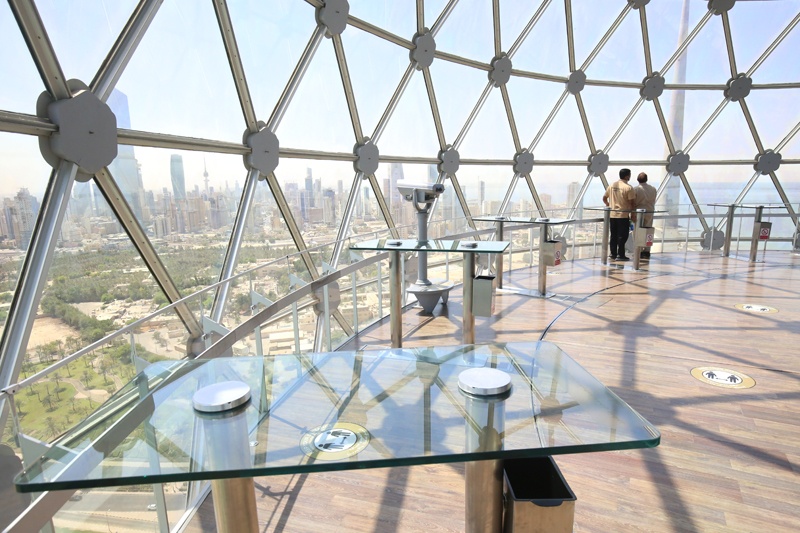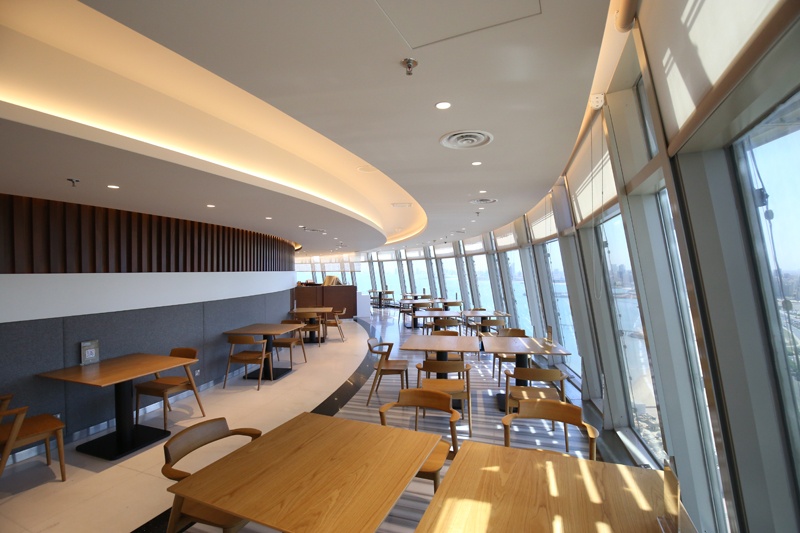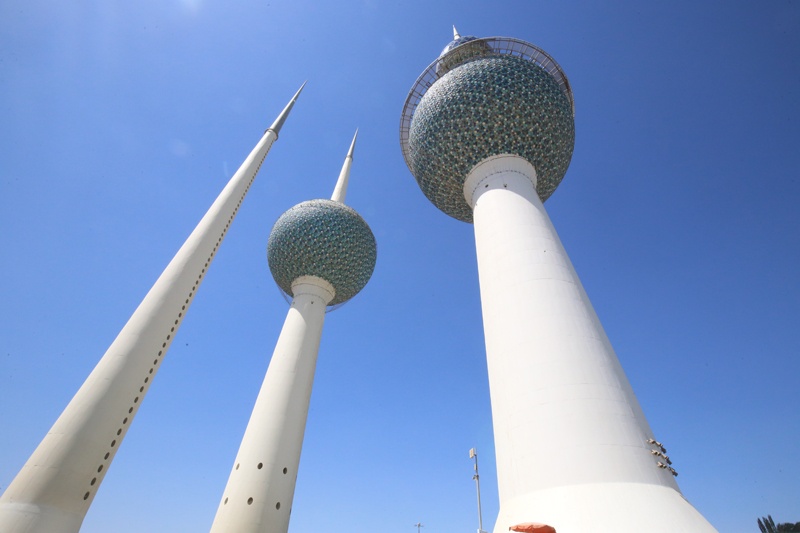Kuwait Towers stands as the undisputed national symbol and one of the most recognizable landmarks in Kuwait, an embodiment of the nation's dramatic economic and urban development after the discovery of oil. Today, the Towers have become an integral element of the Kuwait City skyline, occupying a focal position on the seafront along Arabian Gulf Road. Known to residents fondly as "Al Abraj" (simply the Towers), they are a must-visit destination for residents and tourists alike.
The making of an icon
The Kuwait Towers were not originally intended as a touristic destination. At the beginning, the Towers were simply meant to be the sixth site for the nationwide network of water towers being constructed around Kuwait.




Opened in 1979, the main tower serves as the site's public attraction. The main sphere offers dining, while a viewing sphere gives an incomparable panoramic view of Kuwait City and the Arabian Gulf. The middle tower functions as a water reservoir, holding up to one million gallons of water. Meanwhile, the smallest of the towers - known as the minor tower - illuminates the other two and supplies electricity to them.
Image shows the Kuwait Towers under construction in the 1970s. – KUNAThe tallest tower's design represents the shape of a censer (incense burner). As for the medium tower, it was designed as a water sprinkler. The smallest tower was designed in the shape of a traditional Arab woman's eyeliner. A staggering 55,000 enameled steel discs were used to cover the three iconic spheres, creating a dazzling pattern of eight bright shades, reflecting the colors of the sky and the sea.
The striking design melded together contemporary architectural concepts, Western technology and traditional Islamic patterns to create this architectural work of art, which now stands as a symbol of Kuwait's cultural heritage and its modern prosperity. Visitors can visit the viewing sphere from 8:00 am to 11:00 pm daily.

